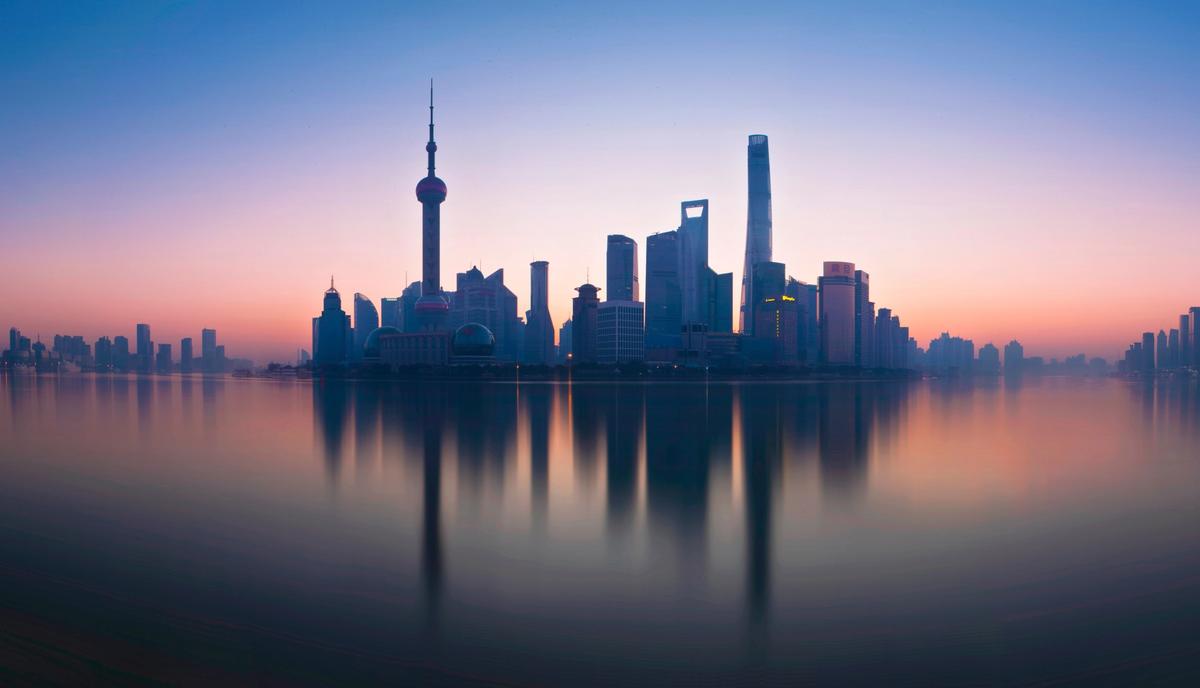As of today, a total of 80,270 cases of coronavirus (Covid-19) have been diagnosed in mainland China and 2,981 deaths have been reported. Struggling to control the epidemic, the Chinese government ordered museums and art galleries across the country to close on 23 January and they have been shut ever since. Although staff at some institutions have gradually returned to work, almost no museum has announced a reopening date.
Warning shots
On 22 January, two days before the massive museum shutdown in China, the Shanghai Museum's staff at the coat check room were paying close attention to things that were handed to them. The letters on the tag of a bag one visitor was checking in that morning caught their attention. A member of staff was able to identify from the letters that the visitor had flown in from “one of the most affected areas”, according to an article published by Shanghai Museum.
A popular destination located in the city centre, the Shanghai Museum is a relatively small institution compared with many other grand Chinese museum projects of recent years. The museum, therefore, caps daily admission to 8,000 people, which often leads to queues of people in summer and for blockbuster shows. Its three-decade-old ventilation system is no longer as effective as it should be. Sometimes the smell of the paint used for preparing exhibition spaces stays weeks after a new show opens.
Upon spotting the luggage label, the attendants at the Shanghai Museum sounded the alarm and reported the case to the museum's senior staff.
The next day, on the 23 January, without any official instructions from the Shanghai Municipal Administration of Culture and Tourism, the government body that oversees museums in the city, the Shanghai Museum opened its doors to the public. All the staff were required to wear masks, and visitors had to present their identification and have their temperature taken at the entrance. For those who reported that they were from those “most affected areas”, more detailed personal information was recorded. According to one article published by Shanghai Museum, ten people from these areas were admitted into the museum and those who showed high temperatures were dissuaded from entering the museum that morning.
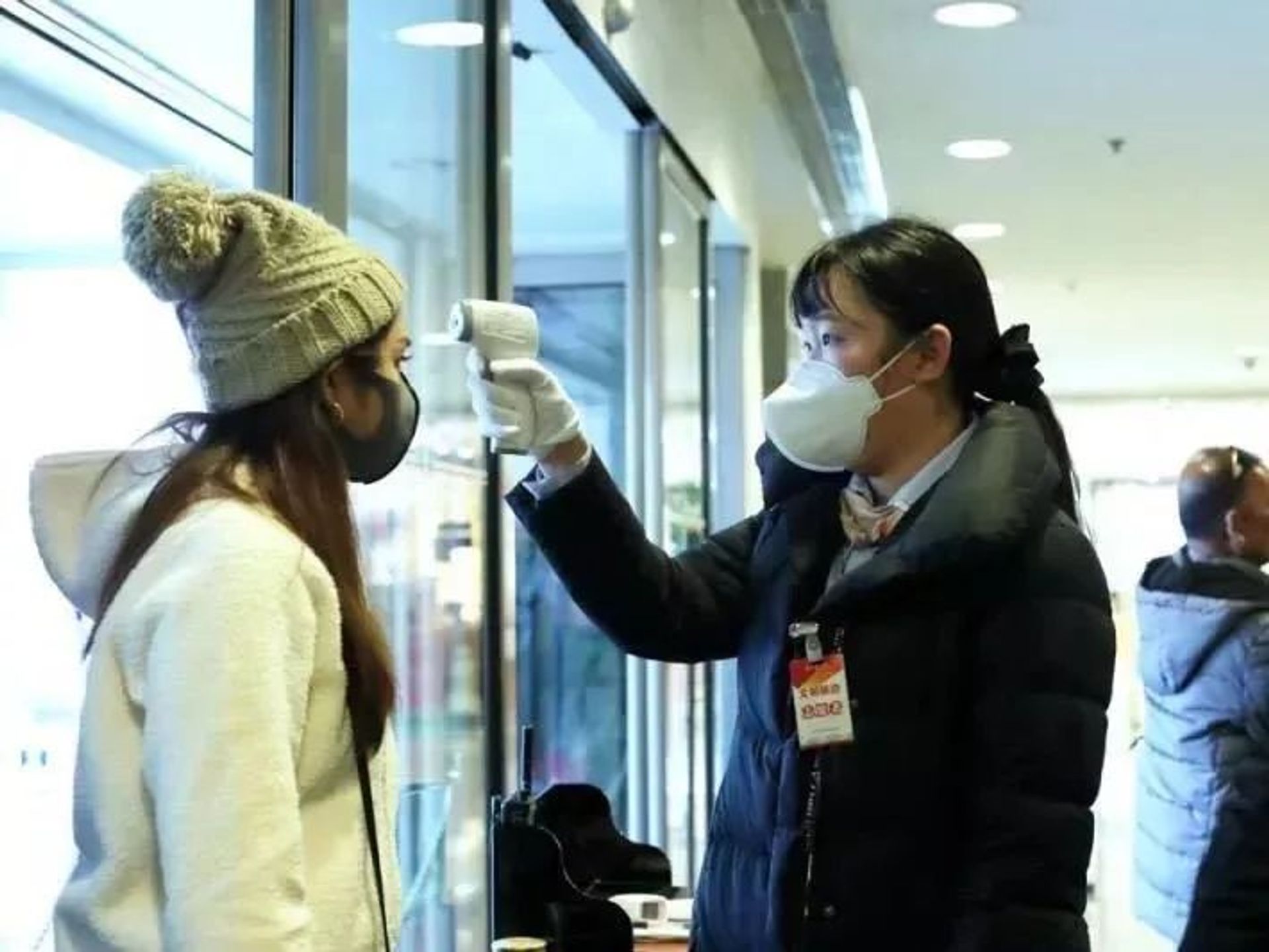
Before the Shanghai Museum closed, staff began taking visitors' temperatures at the entrance Image courtesy of Shanghai Museum
A few hours later, the Shanghai Museum became the first museum in China to post an announcement of its closure “under certain circumstances” on Weibo, the Chinese equivalent of Twitter. By then, the Shanghai Municipal Administration of Culture and Tourism had issued an array of announcements to affiliated institutions, which required that each take pre-emptive actions against the epidemic.
The 23 January was one day before the Chinese New Year’s Eve, around which time people travel across the country and the globe to reunite with families. This year, it was also that same time that the lockdown of Wuhan, the epicentre of Covid-19, began. Around 10 pm that day, the Shanghai Museum formally announced on Weibo that it would remain closed from 24 January to 8 February. The period for closure was extended without a definitive end on 5 February.
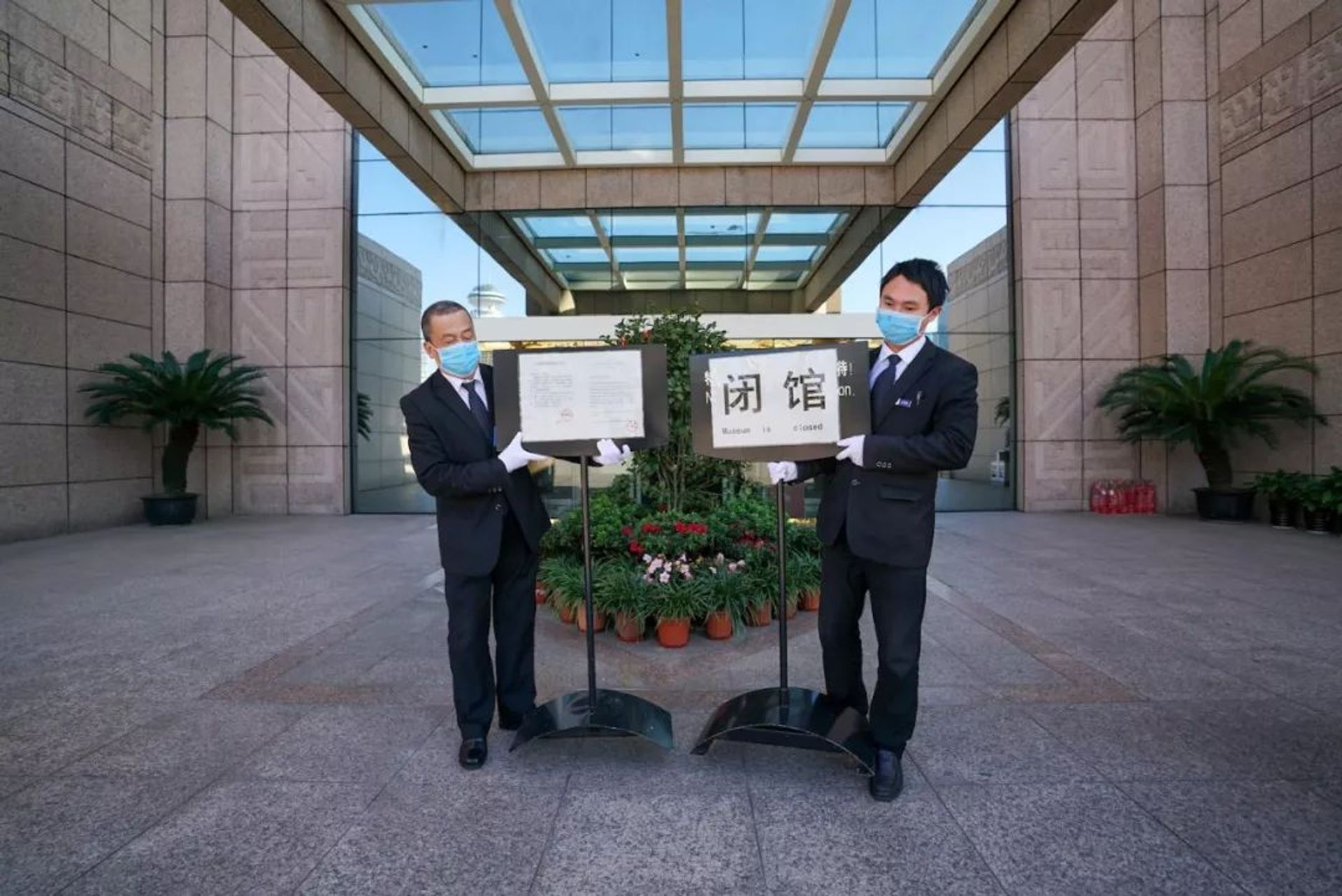
On the day that Wuhan was shutdown, the Shanghai Museum also closed Image courtesy of the Shanghai Museum
A new exhibition at the Shanghai Museum in celebration of the Chinese New Year, Relics with Rat Design, had been open for less than two weeks at the time of closure, and many had planned to see two other major exhibitions, A Blessing Over the Sea: Cultural Relics on Jianzhen and Murals by Higashiyama Kaii from Toshodaiji and La Naissance des Beaux-Arts: du Grand Siecle a la Revolution.
Not everyone returned home after the museum closed. Members of the Shanghai Museum’s leadership team were taking turns to be on 24-hour duty at the museum; those responsible for museum security and administrative affairs were summoned to sanitise public areas and office spaces every two hours during the day. The ventilation pipes were also properly disinfected. According to the museum, extra care was taken to make sure that these preventive measures did not jeopardise the objects on display.
The public and private museum divide
The state-run museums seem to have reacted to the Covid-19 outbreak in no time and have been fully prepared for it. Perhaps the lessons learned from coping with the 2003 SARS outbreak left a useful institutional memory.
Gong Yan, the director of the Power Station of Art in Shanghai, the first state-run museum of contemporary art in China, told The Art Newspaper China that the government order to close the museum came during the early hours of 24 January. Foreseeing the closure, Gong said that the museum had taken preventive measures to ensure the safety of its staff and the artworks on display at the museum.
When Sars broke out in 2003 it was the dawn of China’s private museum boom. The great majority of institutions that are most active in today’s museum scene in China had not yet been established. It is, therefore, the first public health crisis that many private museums face.
When The Art Newspaper China spoke to Lei Wanying and Lin Han, the co-founders of M Woods in Beijing, the two were frank in admitting that, at first, they did not realise that the situation was so serious. "Things changed every day, and we were making adjustments according to the most updated information. It's hard to be fully prepared.” Lei and Lin recalled that the government's order to close the museum arrived right after the Chinese New Year.
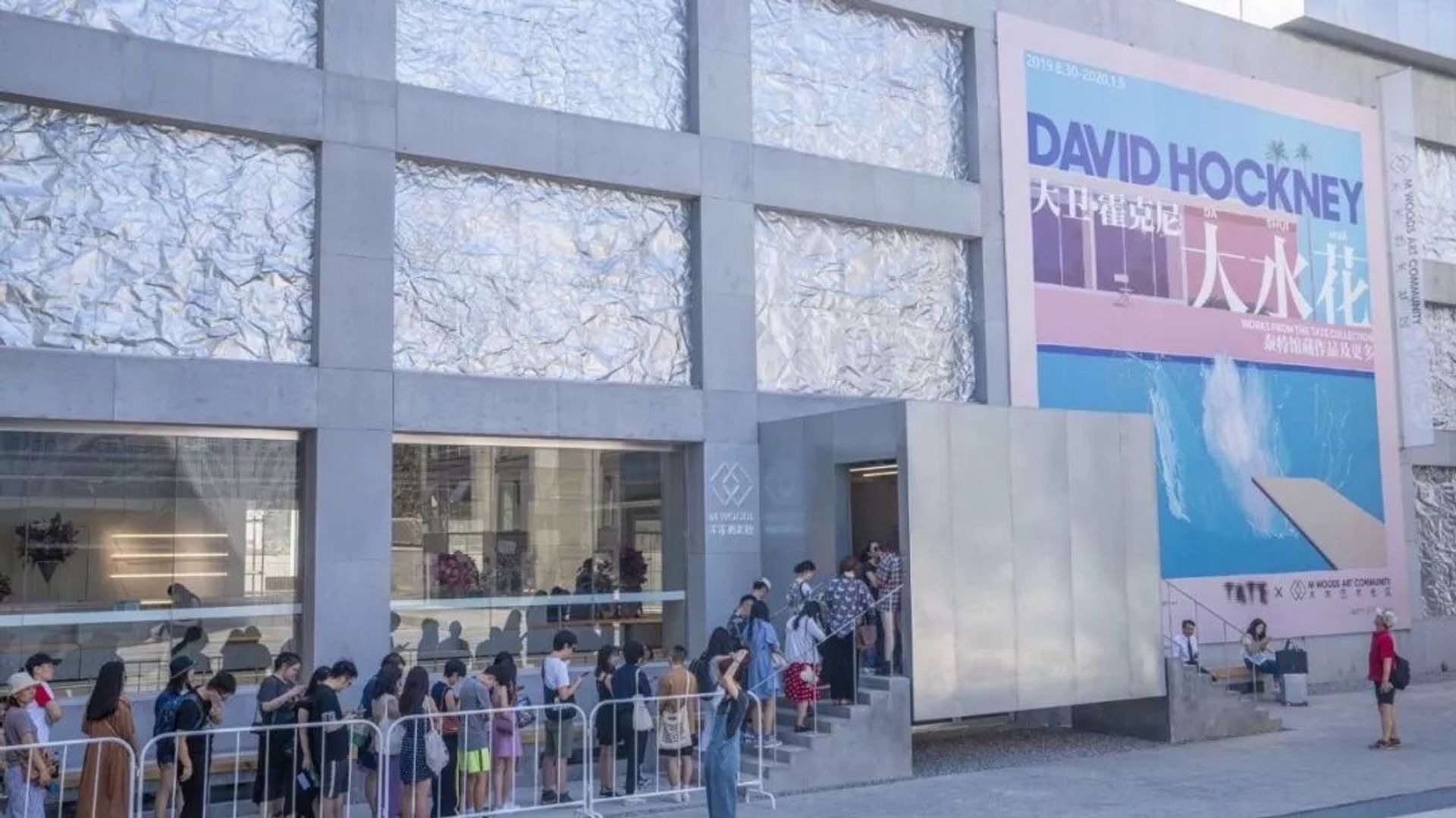
Queues outside the David Hockney exhibition at M Woods's new Beijing space in the Hutong area Image courtesy of M Woods
The decision to close has very different consequences for China's private museums, as they are by definition self-sustained and do not receive funding from the government. The ticket sales and sponsorships of various kinds are, in normal circumstances, their lifeblood. With the Covid-19 outbreak, both come to a halt. The pressure is on private museums themselves to fight to survive.
After the exhibition David Hockney: Works from the Tate Collection ended at M Woods on 5 January, with a closing party sponsored by Land Rover, there were two exhibitions lined up for the Beijing museum’s spring schedule. One was a solo show for the Belgian painter Raoul De Keyser (originally scheduled for 10 March to 1 June), and the other was the US artist Austin Lee’s first museum show Human Nature (originally scheduled for 13 March to 22 June). In Lei’s words, both shows have been one or two years in the making and were well into the last phase of preparation before the museum closed. The current international travel restrictions on those who have recently visited China as well as flight cancelations have also slowed down or interrupted some long-term international projects at M Woods.
Long-term implications
While the museum remains closed, earning minimum revenue, if any, both staff and rents still need to be paid. The good-time supporters for museum exhibitions and events in China, such as luxury and automobile brands, are faced with their own uncertainties and challenges.
According to a recent online survey carried out by a group of 20 art organisations and art media in China from 5 February to 11 February, 90.9% of the 514 respondents in the visual arts industry report that if the current situation continues, their organisations or their careers as freelancers of various kinds will not last for six months. Additionally, 73.8% report that they are only able to support themselves in the current circumstances for less than three months. The support that they say they need the most is “tax reduction” (70%) and “payment, water and electricity and rent subsidies” (67.5%).
Lin of M Woods also mentioned that the relocation of some categories of the auction and a change of schedule of the big auction houses might affect the museum’s plans for acquisitions. He estimated that the effect of the museum closures and the ensuing uncertainties will last for three quarters of the year, with only the quiet winter period left.
Museums will not be allowed to reopen without an official government mandate, which more than likely come at short notice. This means that China's private museums, that often do not hold or display their own permanent collection, need to be ready to reopen with an available exhibition at any moment, without any hint at when exactly that will be. “This is the most difficult part”, Lei of M Woods points out.
Online opportunities
However unfavourable the situation may seem, the shutdown is not the end of the story for museums. Guided by a new top-down policy initiative at the national level, many museums have quickly shifted their focus to innovate on the internet.
On 28 January, China's National Administration of Cultural Heritage requested that museums share their online exhibitions and content with the public to “encourage the determination and morale of the local people to fight the epidemic, and accompany all to spend a special and unforgettable Spring Festival”, the official statement says. The Shanghai Museum’s staff responsible for information technology and digital content went back to work during their prolonged staycation to meet that goal.
Soon after, Beijing's Palace Museum, the Shanghai Museum and a great many other state-run museums launched 3D virtual exhibitions, either recapping past shows or providing online access to works in their permanent collections. The Power Station of Art in Shanghai took a more subtle approach. In its official WeChat account, the Chinese social media app, architects and architecture enthusiasts have been invited to cite their favourite passages from the museum's architectural publications and artists and musicians have been invited to share their skills to create a sort of online mini-zine. The account is also highlighting hygiene-themed children's songs and asking musicians to create contemporary adaptations. Some museums have also partnered with live-streaming platforms and offered online tours of their museum’s highlights behind closed doors.
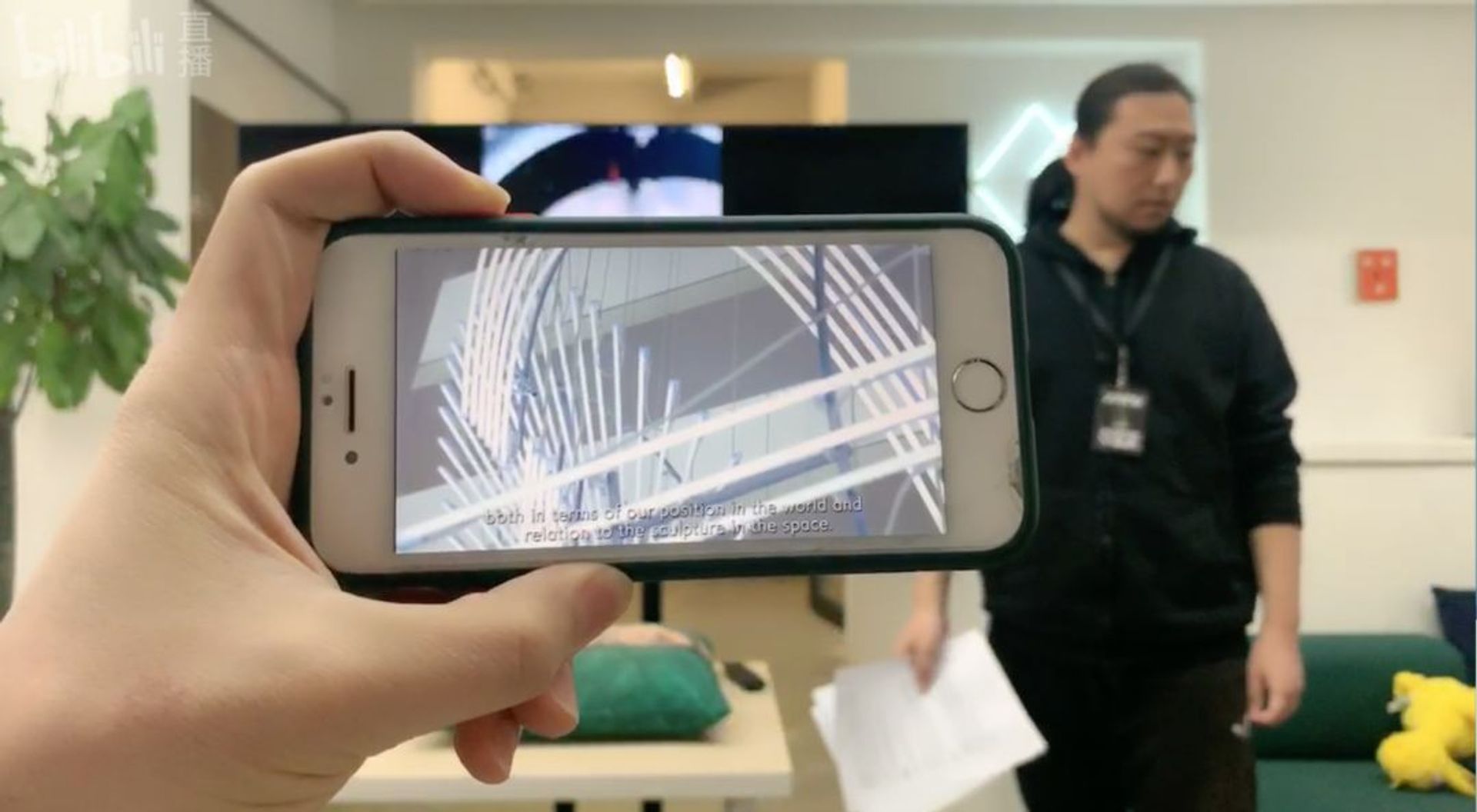
M Woods launched the virtual exhibition A Hypothetical Show for a Closed Museum Image courtesy of M Woods
Private museums have also joined the trend. M Woods has designed a brand new and ongoing virtual exhibition A Hypothetical Show for a Closed Museum, which was launched on its social media channels (WeChat, Weibo and Instagram) on 13 February. It is organised around the themes of ecology, nature, isolation and familial ties, which resonates well with people under quarantine. Lei of M Woods says that the museum team responsible for this project wasted no time after the museum's closure to reach out to artists in China and abroad and invite them to show their works in this virtual exhibition. At the time of the launch, 44 artists including Lin Tianmiao, Lu Yang, Na Buqi, Lawrence Abu Hamdan, Oscar Murillo, Michael Najjar joined, and the list is still growing.
Another innovator, UCCA Center for Contemporary Art in Beijing, partnered with Kuaishou, a video streaming platform, and presented Voluntary Garden Online Concert: Sonic Cure on 29 February, in which nine performers from around the globe live-streamed musical performances via cellphone screens to tens of thousands of viewers. Participants included Zhang Meng in Shanghai; Feng Hao in Hefei; Liu Yucao and Guo Yazhi in Boston; and Ryuichi Sakamoto in New York. The concert was an extended project for the exhibition Voluntary Garden, a multimedia art project of both performance and exhibition by the artist Colin Siyuan Chinnery, held at UCCA before the museum closed.
These creative efforts help the private museums stay relevant and connected to their audiences, who it will be important to win back once it is safe to visit a museum again. It also helps to restore more than a semblance of normality, which has becomes a luxury to enjoy.
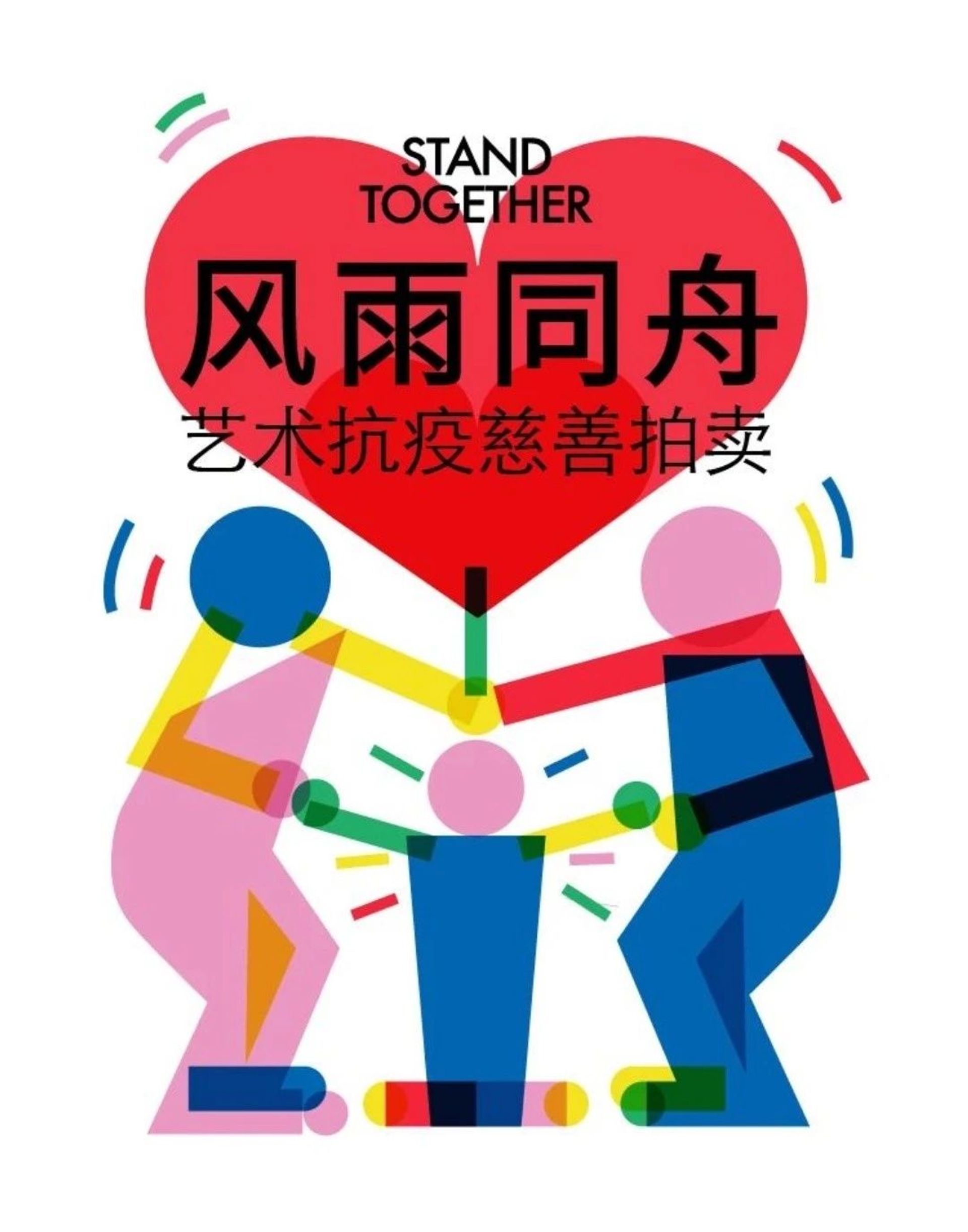
A charitable art auction has been set up by several Chinese institutions and galleries to help support children affected by coronavirus
Art for the cause
Some resourceful private museums have also co-ordinated charitable auctions. In Shanghai, HOW Art Museum, together with the video-sharing-turned-e-commerce platform Yitiao, Modern Media Group (of which The Art Newspaper China is also a part), and ART021, the organiser of ART021 Shanghai Contemporary Art Fair, launched a series of online charitable art auctions called Standing Together Through Thick and Thin to raise funds for the Shanghai Soong Ching Ling Foundation. The charity is donating children’s masks, digital thermometers and other protective equipment to over 100 schools in China affected by the coronavirus epidemic. The works being auctioned have been donated by artists and more than 80 major art institutions and galleries, including Hauser & Wirth, Edouard Malingue, BANK, Perrotin and Lisson. The pieces that How Art Museum is offering include Jeff Koons’ Balloon Dog (Yellow, 2015), Takashi Murakami’s Inochi Doll: Victor (2009), Daniel Arsham’s Hollow Mickey (2019) and more.
When The Art Newspaper China asked Gong Yan, the director of the Power Station of Art, about the biggest challenges the museum faces under the current circumstances, she said,“How can a public cultural institution do something when it loses their physical space and ground? This is what we are thinking about and doing. Art is by no means a vaccine, but it gives people hope. It may make one seem impractical, but it leads us towards the truth. Art allows us to see the world not as disintegrating nor isolated.”
• This article originally appeared in The Art Newspaper China's January/February print issue and online here


